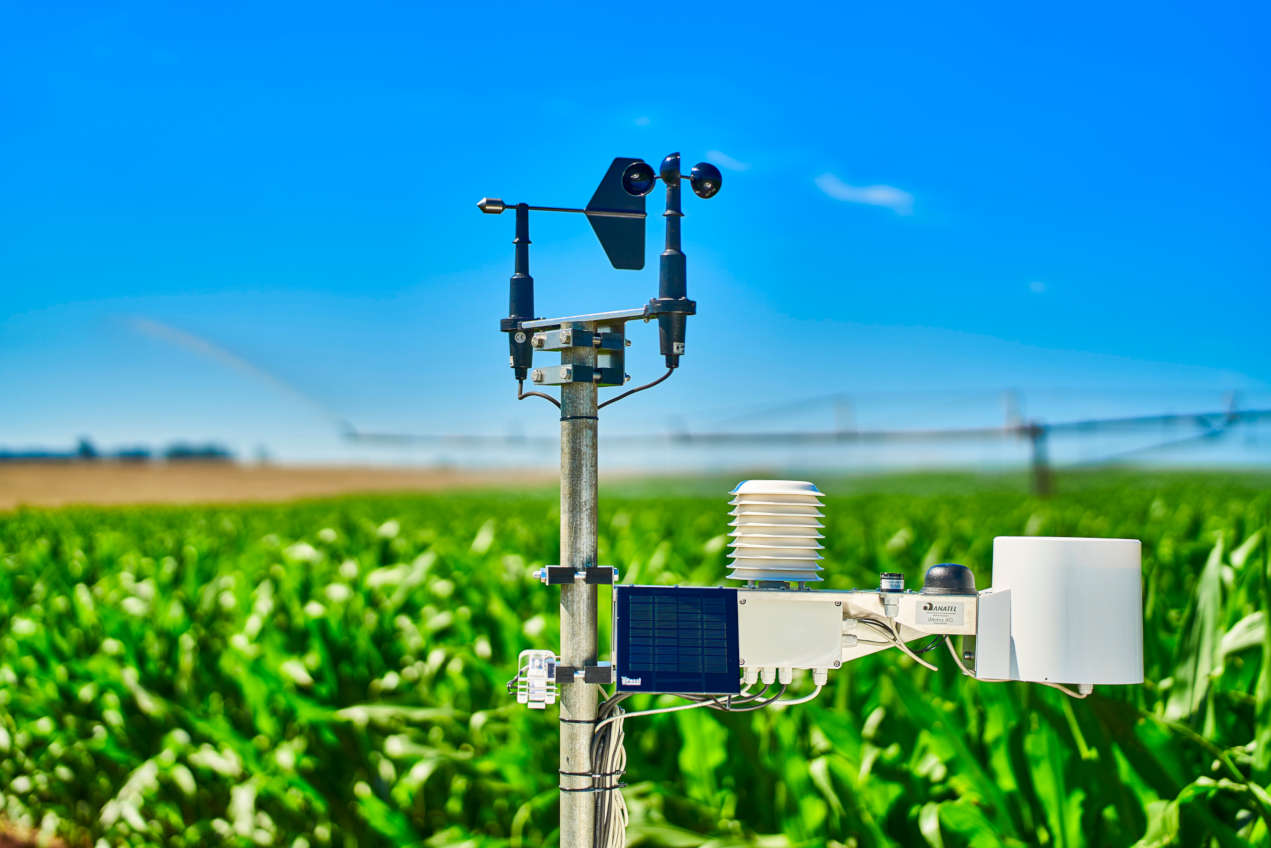
The World Meteorological Organization (WMO) designates eight World Meteorological Centers (WMCs) around the world. In 1967, the 5th World Meeting on Climate and Development designated three WMCs. In 2011, WMO designated the European Mid-term Weather Forecast Centre as a WMC. In 2017, China designated its first WMC, the National Meterological Centre. Since then, China has hosted more than twenty WMO specialized centres.
}The WMCs also commit to supporting the WMO’s role in global sustainable development. In particular, they have pledged to provide real-time data to all WMO Member states on request and in exceptional circumstances. In addition to these commitments, the World Meteorological Organization supports capacity development and research in LDCs, SIDS, and arid areas. Their efforts are expected to lead to more accurate and timely weather forecasts for the public.
Weather information
The World Meteorological Organization coordinates the work of all three WMCs. The WMO coordinates weather information and forecasts across the globe. During the international connectivity hours, these centres collect important meteorological data. These data are shared among regions in a “cascading” manner. The WMO also supports regional and local efforts to improve local meteorological services. All WMCs are responsible for the development and implementation of a seamless global data processing and forecasting system.
The World Meteorological Organization has created a framework for the collaboration of regional and national WMOs to enhance the global operational meteorological forecasts. The WMO also aims to enhance the development of full-value-chain products and data sharing. In the near future, the WMO will continue to develop its global weather forecasting capabilities to support future development in LDCs and SIDS. The WMO is committed to ensuring that the World Meteorological Organization has the best tools for the job.
Meteorological Organization
World Meteorological Organization (WMO) has created a series of regional synoptic stations throughout the world. The main synoptic stations are the hub of operational meteorological forecasts. The World Meteorological Organization’s regional centers are responsible for acquiring and analyzing data from the satellites and meteorological data. The GMO also maintains several agrometeorological observatories. The three World’s Meteorological Organization was established in 1893 to develop a global operational weather system.
China has the sole World Meteorological Center in a developing country. The Beijing WMC actively promotes the use of meteorological satellites and contributes to global capacity-building. It was recently that the WMC Beijing was in touch with Bangladesh’s National Meteorological Centre. They had requested access to the Chinese monitoring of their satellites and numerical weather forecast guidance products. While the WMC is a central part of operational meteorological forecasting, it also acts as a hub for regional collaboration.
The World Meteorological Organization (WMO) has set up a system of cooperation among world meteorological centers. As the largest and most advanced member of the WMO, countries have the capacity to offer better services and more timely information. WMO has also mandated that all WMO members have an advanced level of meteorological expertise. The WMO works to enhance the capabilities of all members to provide higher quality services and products to the public.
The WMCs are responsible for providing weather forecasting information to countries around the world. They also provide meteorological guidance and support to other governments. In addition, WMCs also have the capacity to conduct weather training. This allows governments to improve their operational capacities, and in turn, the effectiveness of forecasting. These services are essential for many reasons, including disaster preparedness. However, in developing countries, a single WMO member is not enough.
While WMO is a global organization, WMC’s network of national meteorological centers is made up of 160 countries. They are vital for effective operational meteorological forecasting and are the backbone of global operational weather information. These centers collect, analyze, and report high-quality data and products to the rest of the world. WMO members also share these products and data with other countries in a cascading fashion, allowing for more accurate and timely forecasts.
Besides the World Meteorological Organization, the WMO has regional associations. Each association has an independent national and regional meteorological centre. While the WMO has the authority to designate World Meteorological Centres, a regional association will have the ultimate say in approving the project. The WMO has a provisional designation for FYROM until 2019. In the future, the WMO will have more than one world meteorological center network.